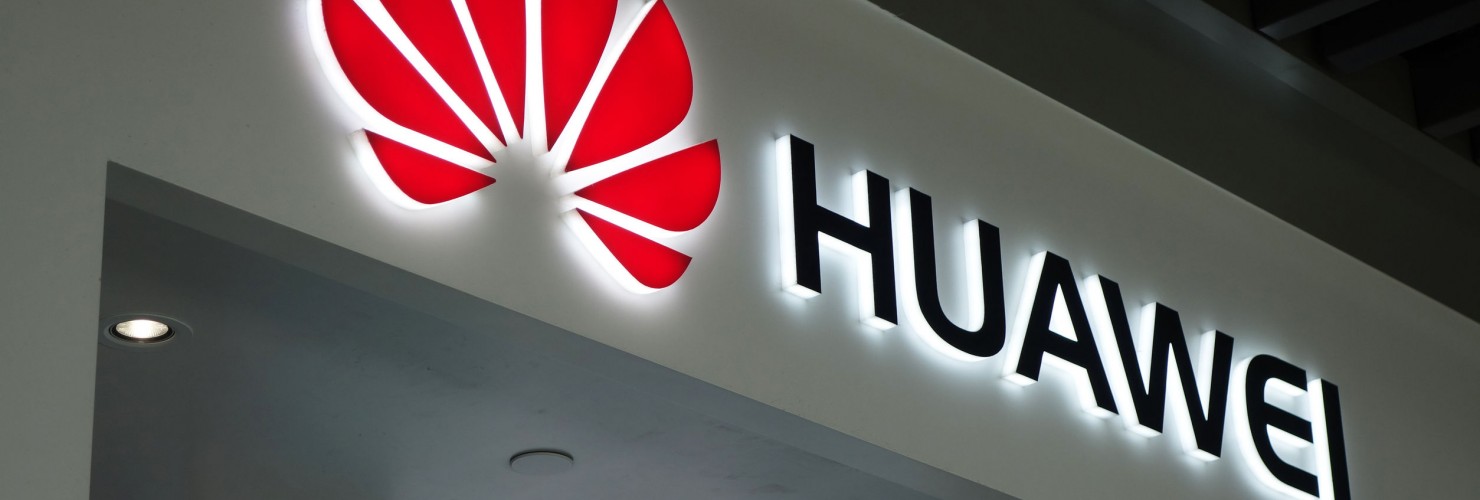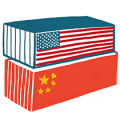

US campaign against Chinese vendors: The Global 5G Contest Escalates
U.S. moves have undermined Huawei’s prospects outside China, but their long-term efficacy to constrain China’s development and export of 5G technology is uncertain, says John Lee.
US Secretary of State Mike Pompeo’s claim that ‘the tide is turning against Huawei’ seems to have been vindicated by several negative decisions in European countries regarding Huawei’s involvement in their next-generation telecoms networks. Most notably, the UK government has changed its’ February decision allowing Huawei’s participation as a ‘high-risk vendor’, in consequence of a new security review. Similarly, the new progress report on implementation of the European Union’s ‘5G Toolbox’ risk mitigation framework recommends member-states to establish plans to phase-out ‘high-risk suppliers’.
These developments reflect growing distrust of China around Europe aggravated by Chinese economic practices, the Covid-19 pandemic and events concerning Hong Kong. They coincide with enhanced US efforts to check expansion of Chinese firms’ global role in 5G networks. Pompeo’s recent call for struggle against Chinese totalitarianism as ’the mission of our times’, in which he singled out Huawei, has framed the issue of global 5G leadership in ideological terms. Yet it is doubtful that current US measures add up to an effective strategy for Washington’s declared goal to ‘lead the development [of] 5G communications infrastructure worldwide’.
Stepped-up campaign against Chinese vendors
The US State Department has begun promoting a ‘5G clean networks’ initiative that seeks to build a ‘coalition of like-minded countries and companies’ to secure critical infrastructure against ‘malign actors… such as the Chinese Communist Party’. An example of what this means in practice is a new requirement that network traffic entering US diplomatic facilities follow an end-to-end ‘clean path’ that is free of equipment from Chinese vendors.
Other recent US projects seek to promote ‘Open Radio Access Networks’ (O-RAN) as a global 5G solution developed by a ‘trusted vendor’ community. The State Department recently convened a conference on ‘integrated and open networks’ aimed at reconciling competing interests among Western firms. This advocacy for network architectures ‘open’ to a wider range of suppliers was presumably pushed by Trump’s National Security Adviser during his July visit to Europe’s key 5G battleground states.
But the critical factor leading third parties to reconsider Huawei has been expanding US export controls to penalize foreign parties that supply Huawei with components for its most advanced equipment, including 5G base stations. By cutting Huawei off from the Taiwanese firms that manufacture cutting-edge processing chips using US-origin technology, the US government has cast a shadow over the firm’s ability to deliver on third countries’ 5G infrastructure roll-outs.
Even if Huawei successfully substitutes non-US controlled technology to deliver products with a comparable performance level, this re-engineering effort will harm customers’ confidence in the equipment’s reliability and security. This latter factor was cited by the British government as the reason for its’ changed security assessment.
This is a textbook case of ‘weaponized interdependence’, with the US government leveraging control by US firms of upstream technologies in the global semiconductor supply chain to exert power against China and, indirectly, against allies that allow Huawei even a limited role. Yet the same interdependencies raise doubts about the long-term viability of this approach.
No silver bullets: O-RAN and export controls
O-RAN is not a stand-alone 5G solution, but builds on existing standards developed through a transnational collaborative process that has drawn heavily on Chinese contributions. Even were ‘open architecture’ 5G networks equipped entirely by US and European vendors, they would be built on Chinese patents with royalties payable to Chinese firms. Diverging from this common foundation raises prospects of incompatible standards ecosystems, with no certainty that foreign developers and governments will align with US preferences.
At this stage of O-RAN’s development, telecoms operators appear reluctant to bet nationwide 5G roll-outs on solutions that lack proven deployments at scale, established systems integrators, or performance competitive with Huawei’s current offerings. Meanwhile, the transnational 5G standards-setting process keeps adding functions that enable real-world applications. Washington recognized this reality last month by relaxing export controls so that US firms can exchange information with Huawei in standards-setting forums, in order to ‘not cede leadership in global innovation.’
US export control measures have undermined Huawei’s prospects outside China, but their long-term efficacy is uncertain. ‘Weaponizing’ networks of interdependence leads those affected to develop alternatives, and non-Chinese players in the semiconductor ecosystem are already taking steps to circumvent US export controls. The US government’s capacity to monitor work-arounds by US firms and their foreign competitors and to coordinate responses is questionable, while the growing role of open-source development further complicates the challenge. The history of US export controls failing to prevent technological diffusion raises doubts that they will preserve the level of US dominance that allows the current knee-capping of Huawei, which by some estimates might last only a few years.
A fragmented 5G world?
The odds seem against many nations committing to a ‘trusted vendor’ community for 5G solutions defined by the total absence of Chinese technology. Most will probably take the middle road typified by Singapore, which in June announced that European vendors will supply its major 5G network cores without excluding Huawei, while also signing agreements to accelerate integration with China’s Shenzhen-oriented digital tech-ecosystem. Others, like Japan and India, are hedging by indigenizing development of next-generation networks, potentially accelerating global technological fragmentation.
Even in Europe, the situation remains unclear. The ‘5G Toolbox’ progress report urges member-states to institute plans for mitigating extant dependencies on ‘high-risk suppliers’ and avoiding such dependencies in future. That most have yet to do so is unsurprising, given that Chinese vendors’ share of 4G RAN products across Europe is estimated at over 50 percent. Banning Huawei implies a massive exercise in physically replacing gear, and in the absence of proven O-RAN solutions, at least temporary dependence upon one or two vendors whose equipment may not meet performance expectations.
Fundamentally, few foreign actors see the 5G issue in Pompeo’s stark ideological terms, while Washington’s capacity to force choices through ‘weaponized interdependence’ will likely be diluted the more it is used. The outcome of a ‘scorched earth’ approach to 5G decoupling is less likely to be a future networked world safe for like-minded democracies, than acceleration of a ‘6G arms race’.
This article was first published by "The Diplomat" on July 31, 2020.


